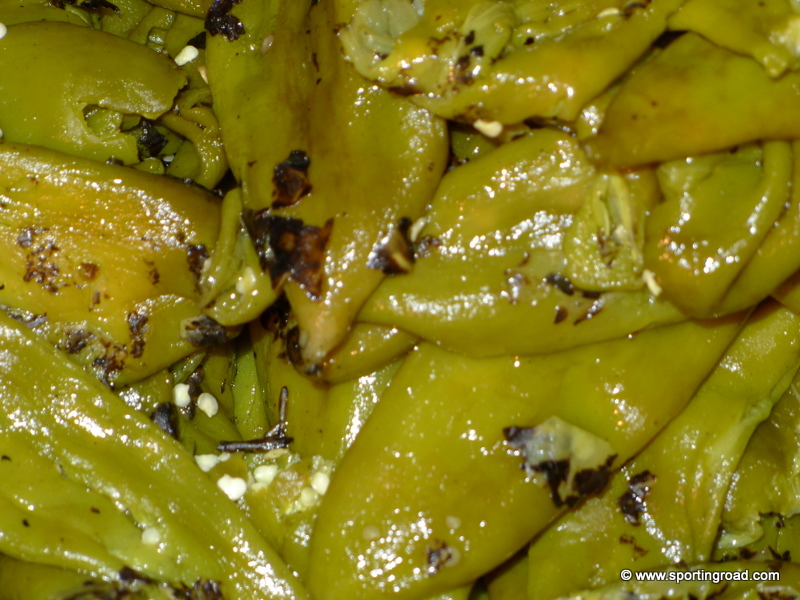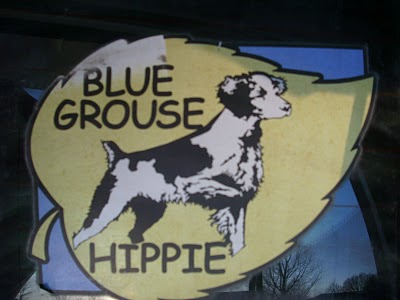International Adventures in Cuisine Along the Sporting Road
Recipes sometimes have as much to do with imagination as it is with flavor. A dish is more than a collection of ingredients. Ingredients come from food and food comes from somewhere. That somewhere may be in the snow or the sun may be a sign of a particular season, and more often than not that somewhere may show through in the final dish. Yet, with my cooking, as everything in life, I make comparisons and find it difficult to settle for second best. I like dishes that are the best—or, at least the best of what that dish can be. Hence, my life-long quest for adventures to find the best recipes and to replicate them in the kitchen, after days spent on the Sporting Road. Because ultimately, no one cares where the ingredients come from, whether they are flown half-way round the world or grown in your own back yard, it simply comes down to this—do I like this or not? Our friend in Paris pointed this out to me one time as I started to debate French pinot noirs with Californian ones. I was arguing that the French ones are better and pointing out the balance of fruitiness, acidity and chalkiness that the French traditionally strive for in Bordeaux wines, while American wine makers often emphasize only the fruitiness. He said he didn’t know enough about Californian Pinot Noirs to say. And, he said, “There is no argument, when it comes to matters of taste. Either you like it or you don’t? It doesn’t matter if you can explain why, it doesn’t make it taste any better.” Like with wine, food stuffs are affected by seasons, growing conditions, harvest times, the amount of water, the terroir,


